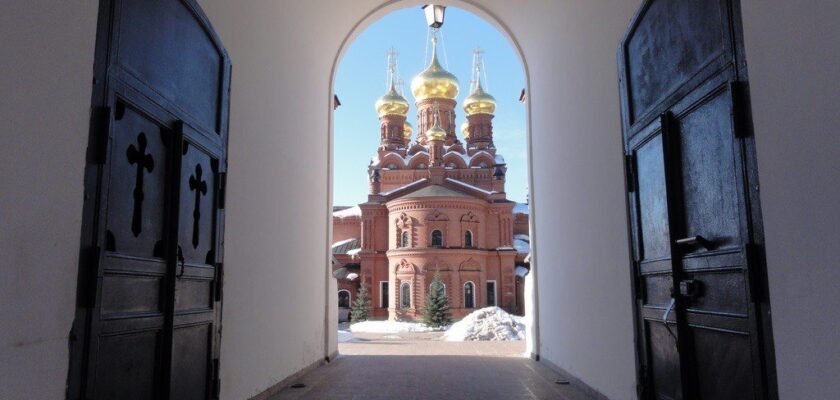Gethsemani Chernigov Skete
Chernigov Skete is an ancient cave monastery founded in the mid-19th century near the Trinity Lavra. In addition to Orthodox pilgrims, on the territory of the monastery there are many tourists who want to get acquainted with the history of the skete, its picturesque architectural ensemble and visit the tombs of the great Russian philosophers V.V. Rozanov and K.N. Rozanov. Rozanov and K.N. Leontiev. On weekends, believers and tourists come to the monastery in buses.
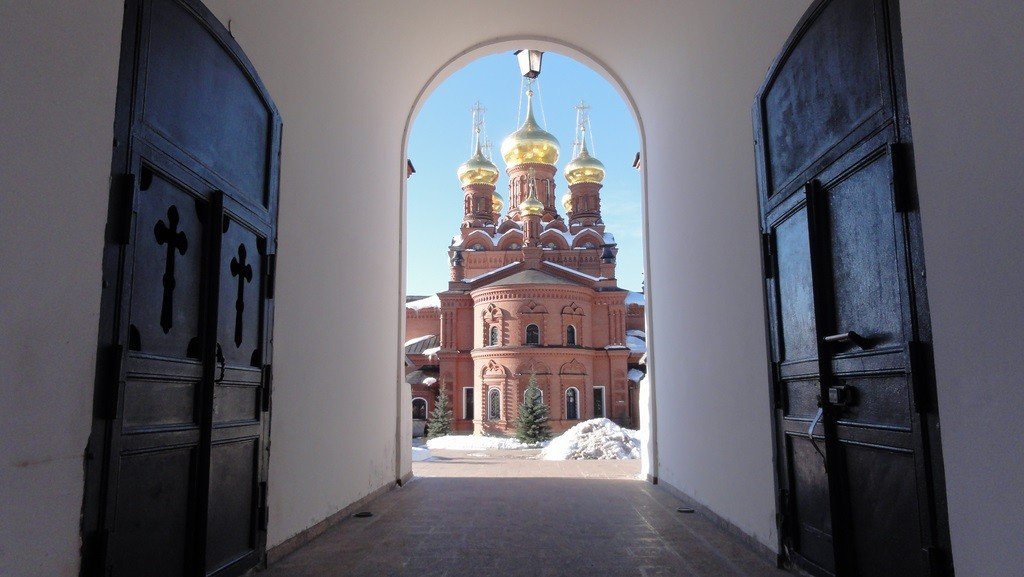
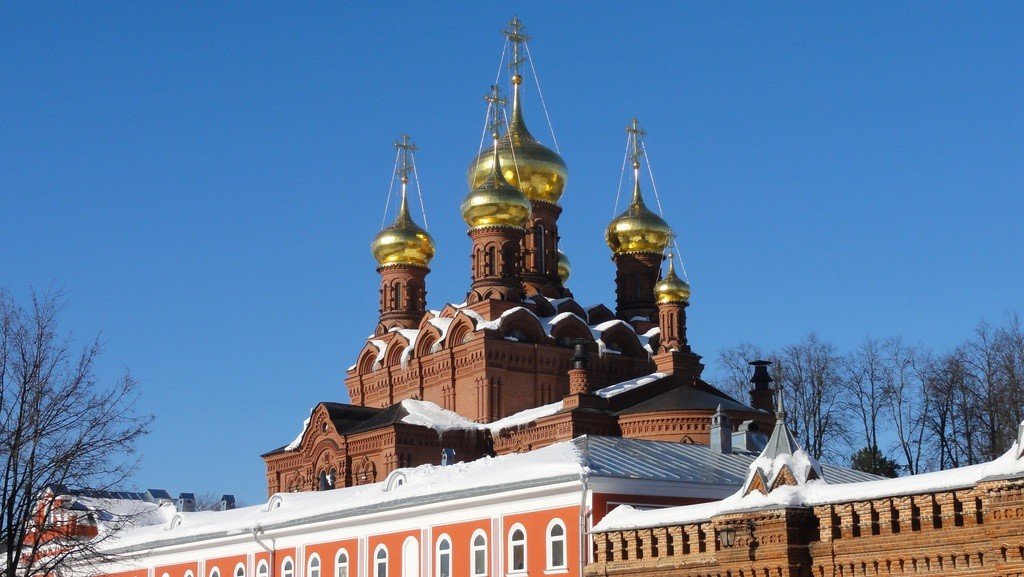
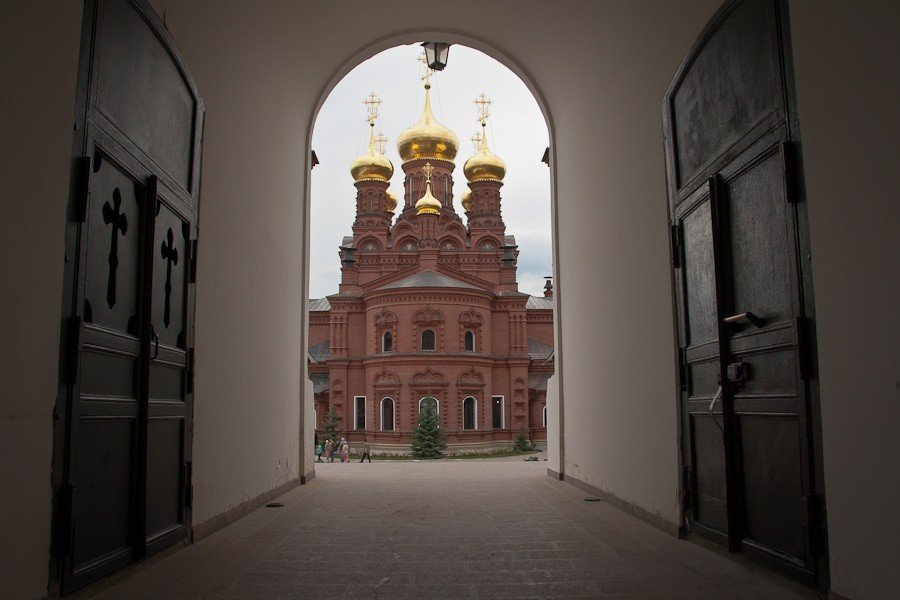
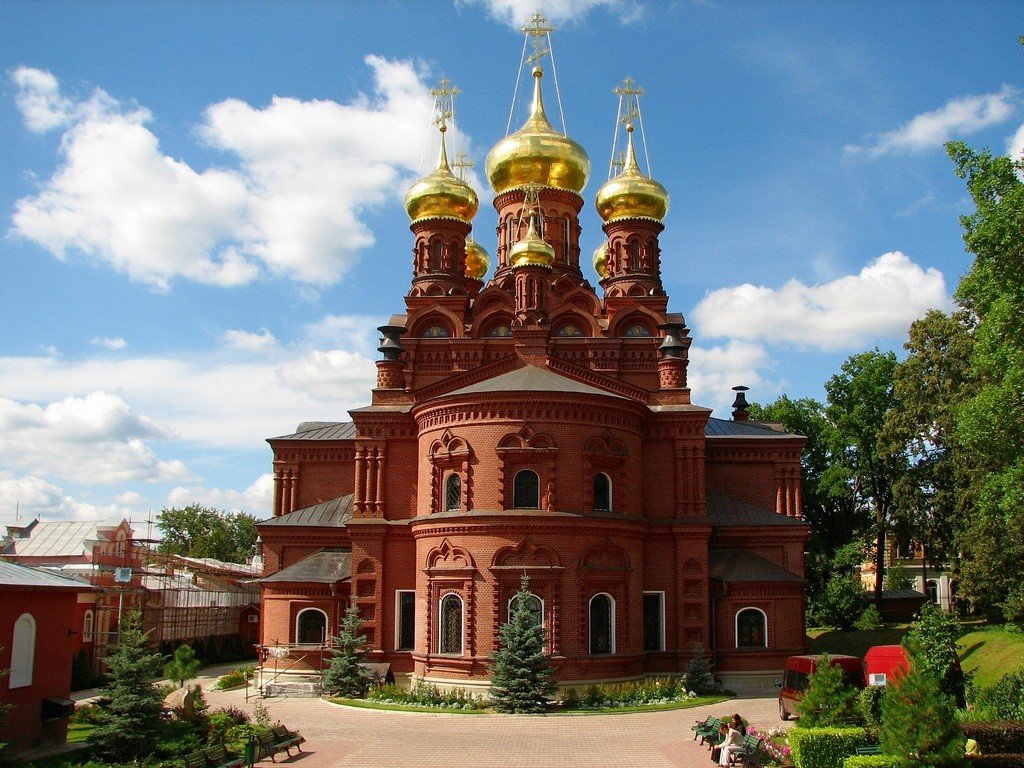
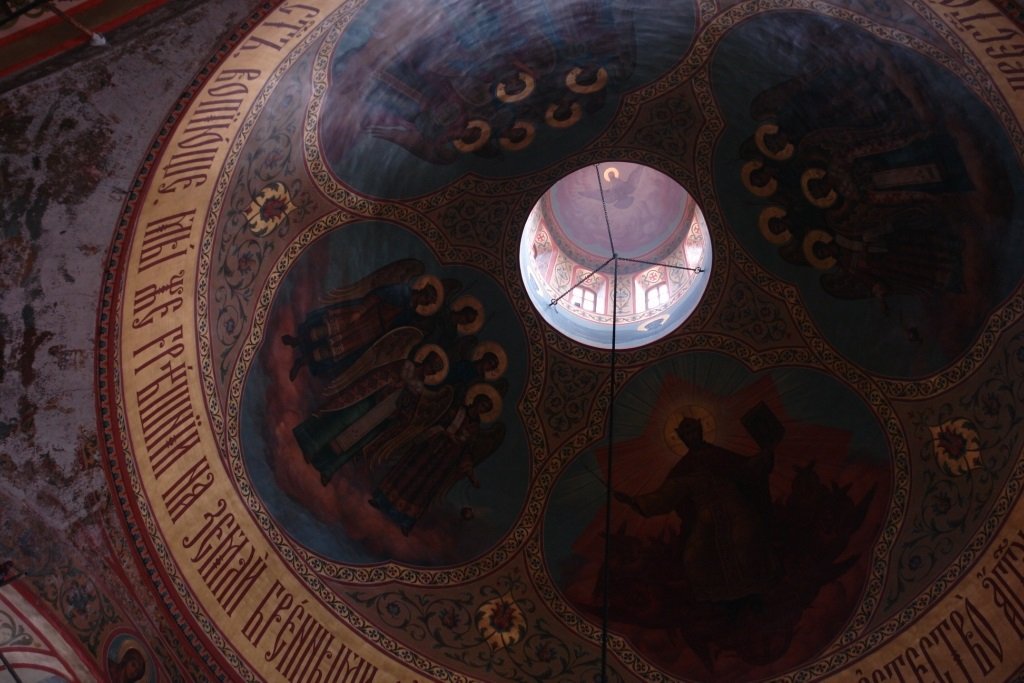
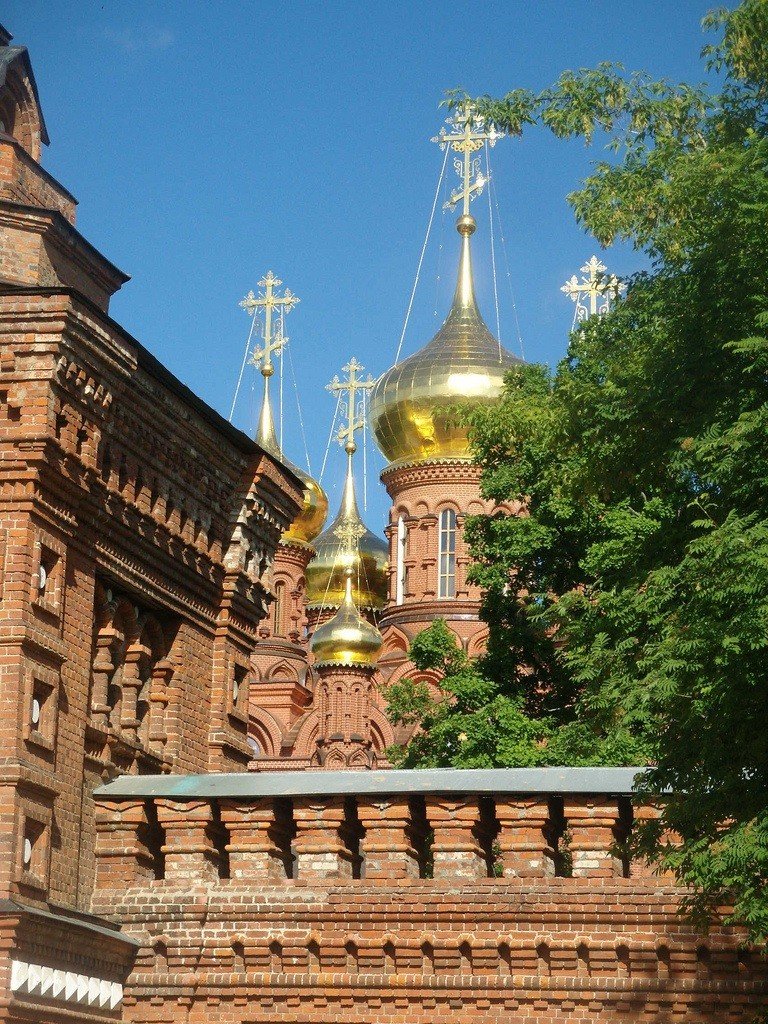
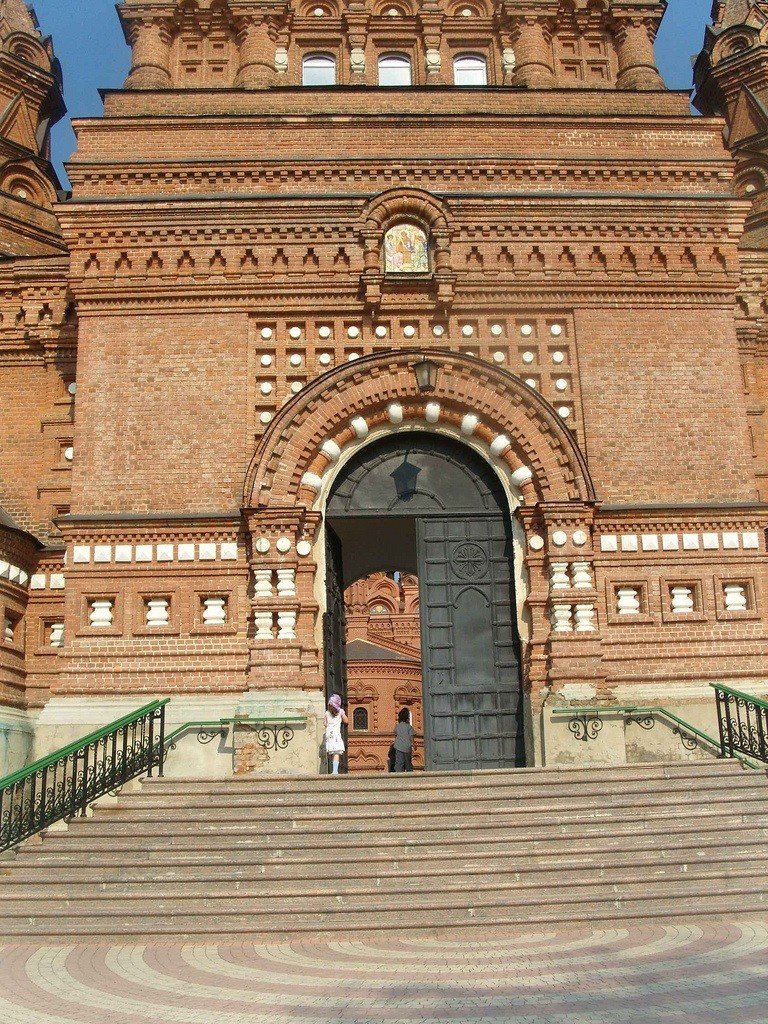
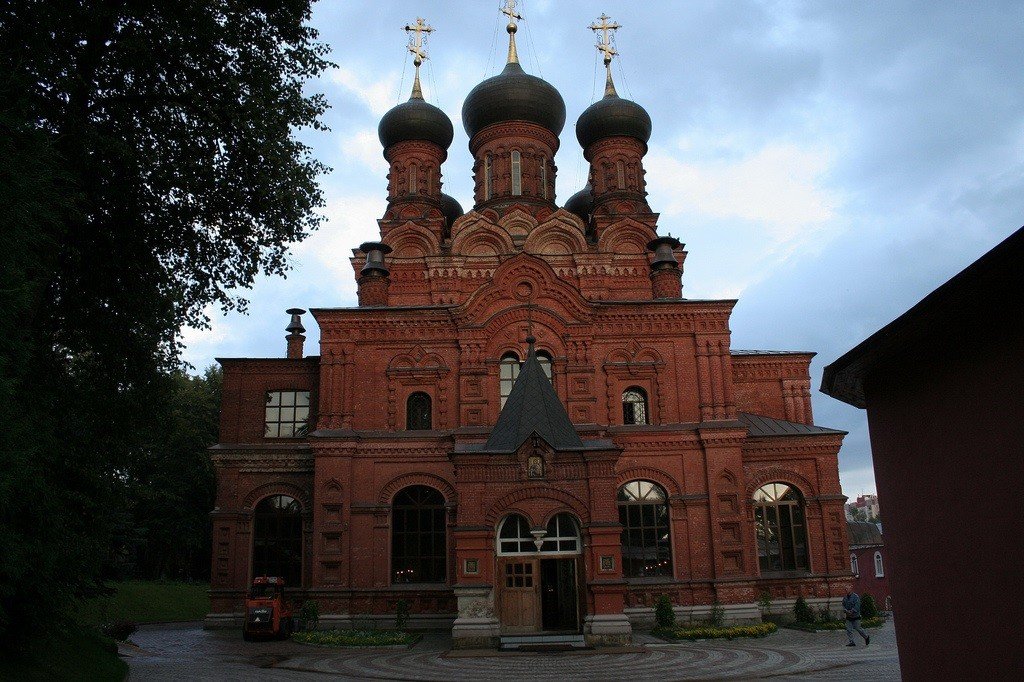
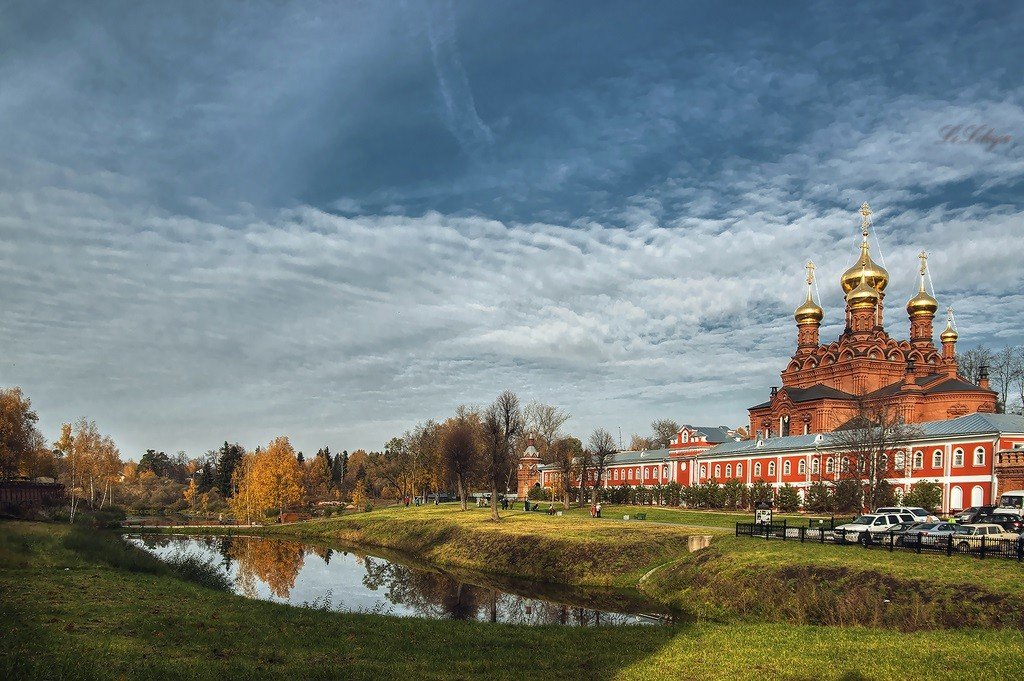
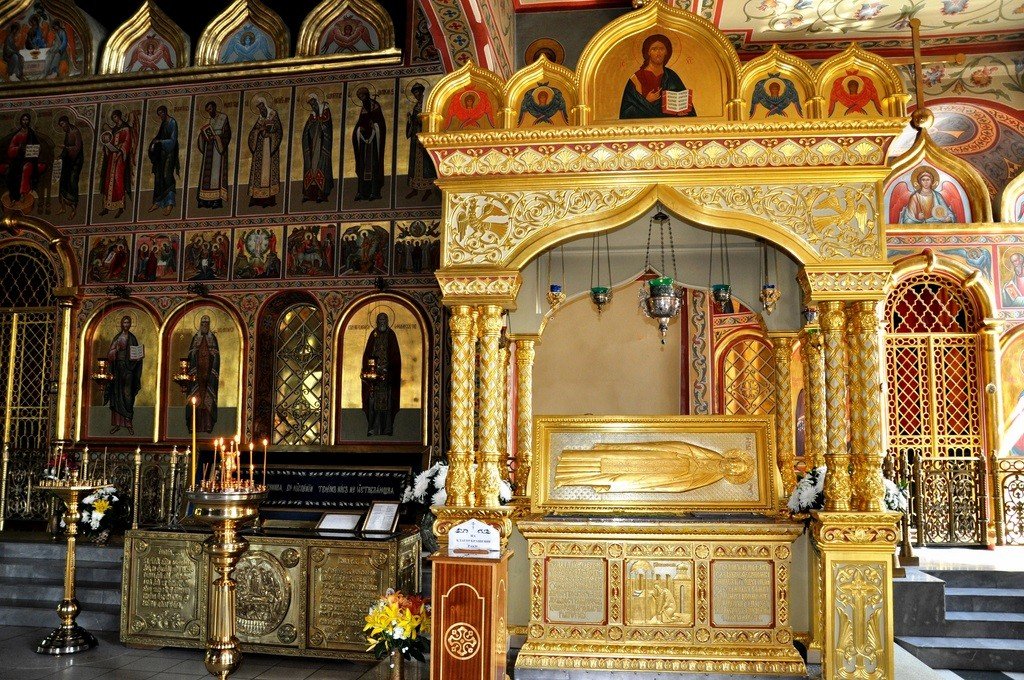
Video: Chernigov Skete
” title=”YouTube video player” frameborder=”0″ allow=”accelerometer; autoplay; clipboard-write; encrypted-media; gyroscope; picture-in-picture; web-share” allowfullscreen>%https://www.youtube.com/embed/9zwTzdpUJVo” title=”YouTube video player” frameborder=”0″ allow=”accelerometer; autoplay; clipboard-write; encrypted-media; gyroscope; picture-in-picture; web-share” allowfullscreen> ContentsHighlights
The Chernigov Skete is spread out in the north of Sergiev Posad, in the village of Kalyaeva. The monastic buildings stand on the bank of a pond, opposite the former Gethsemane monastery to which it was once attached, because of this the skete is often called Chernigovsko-Gethsemane Skete. However, what little remains of the old Gethsemane Skete is inaccessible, as it is located on the territory of a military unit, behind an imposing wall.
.
The complex of the Chernigov Skete is very interesting to see. It is built in the pseudo-Russian style of red brick and consists of above-ground buildings and an underground complex, created after the example of the Kiev-Pechersk Lavra. Excursions to the monastery go one by one, as there are many people who want to visit the monastery.
On the territory of the skete sell delicious monastery pastries and several types of kvass. Many people come here to draw water from the spring. This can be done during an underground excursion or directly from the pipe in the wooden chapel. In Chernigov Skete it is good to spend a couple of hours – to get away from the noise and bustle of the city, feed the ducks in the pond and just relax in a picturesque place.
.History of the monastery
In 1843-1844 at the Trinity-St. Sergius Lavra founded a separate Gethsemane Skete. Russian Orthodoxy has long had a tradition of building hermitages at monasteries. Such places were usually settled by novices and monks who wanted more privacy. As a rule, they lived by taking a vow of strict silence and prayed diligently to God.
.
In 1845, in Isakovskaya Grove, on the opposite side of Skitsky Pond, they began to build wooden cells for the hermits of the Skete of Gethsemane. Unlike the monks from the Lavra, they did not receive a salary, and their clothes were provided “from the junk”. In addition to daily services, the hermits who settled here worked on the vegetable garden and in the orchard.
.
The name of the first hermit of the new hermitage has been preserved – Gabriel. It is written about him in a letter that Metropolitan Philaret (Amfitheatrov) sent to the vicar of the Trinity-Sergius Lavra Archimandrite Anthony. Philaret personally ordered to build the hermit a wooden cell.
.In 1847 the Blessed Philipushka came to live in the Chernigov Skete from the Lavra. In worldly life his name was Philip Horev (1802-1868), and he was born into a family of peasants from Vladimir province. For the sake of Christian asceticism, Philip left his wife and two children and went wandering in Russia, leading a very ascetic, full of hardship life. He often starved, wore heavy chains and traveled with an iron staff that weighed a whole pood.
.
In the monastery of Gethsemane, Philip lived, as they said then, for Christ’s sake, that is, only on alms. Settling in the forest gatehouse of the nascent hermitage, he asked the abbot’s permission to dig a “cellar” and took two monks to help him. Gradually they dug a whole cave. Its central part served as a common prayer room or underground church, which was later consecrated in honor of Archangel Michael and other incorporeal forces. It was a wood-paneled dugout, slightly protruding above the surface of the ground. Square in plan the room for better lighting had windows.
.To the sides of the cave temple were corridors or passages leading to tiny monastic cells. When all the rooms were ready, the masons, who were sent from the Trinity Lavra, reinforced their walls and vaults with bricks. Three years later Philip’s sons came to the hermitage and also remained here as monks.
.
In 1852 in the underground church, thanks to Archimandrite Anthony, appeared the icon of Our Lady of Chernigov, which the faithful considered miracle-working. By the name of this image the new monastery, separated from the Gethsemane monastery, received its name. People began to speak of it as the “Chernigov Skete”, and in church papers it was designated as the “Cave Branch of the Skete of Gethsemane.”
.At the same time Vasily Ilyich Merkulov (1831-1906) appeared in the monastery. Five years later he began to fulfill the orders of the abbot as a novice, and in 1866 he was tonsured a monk and called by the name of Varnava. In time, the vicar of the Trinity-Sergius Lavra appointed Barnabas as confessor of the sprawling complex of the Chernigov Caves.
.
In 1856-1857 over the caves appeared a wooden church, which was consecrated in honor of Anthony and Theodosius of Pechersk. Large construction works on the territory of the hermitage were carried out in another 30 years, and the above-ground wooden buildings gave way to stone ones. Here they built a new five-domed church, buildings for the brethren and a tall slender bell tower with two churches. At the turn of the XIX – XX centuries the monastery experienced a large influx of pilgrims, and the number of monks of the Chernigov Skete grew to four hundred.
.
The monks and locals greatly revered the monastery’s confessor, Father Varnava. His authority was so great that many believers from different parts of the country came to the Chernigov Skete. They wanted to confess, talk to Father Barnabas and receive his advice or guidance. In early 1905, the Russian Emperor Nicholas II came to the hermitage.
The Chernigov Skete lived according to strict monastic regulations. Women were not allowed on its territory, and even during Sunday services in the monastery temples came only men. Only once a year, when the Orthodox Church celebrated the taking of the Mother of God to heaven, women could enter the monastery for a church service.
.
When the Soviet regime came, the Chernigov Skete was closed, and its monks and novices began to live in the Gethsemane monastery (1921). However, this did not last long, and three years later this monastery was also liquidated. The main shrine of the hermitage – the Chernigov Icon was moved to Moscow, to the Sergius Church, which was located in Rogozhskaya Yamskaya Sloboda.
.
The territory and buildings of the Chernigov Skete were used by the local authorities for various purposes. For some time it housed a prison, a children’s colony, and then – a boarding school for the blind and visually impaired. After the war, the monastery housed a boarding school for the disabled who were maimed in battle, warehouses of the industrial trade of the city of Zagorsk and a boarding school where disabled children were trained.
.
In the 1970s, a detailed architectural study of the buildings of the Chernigov Skete was conducted by E.N. Podyapolskaya. Podyapolskaya. She used documents preserved from pre-revolutionary times. Much information about the monastery was contained in the book “The Skete of Gethsemane and the caves at it” (1899), as well as insurance papers of the Trinity Sergius Lavra, issued in 1910..In 1990, the life of the male monastery established at the Lavra was revived. But for a long time on the territory at the same time with the monks there was a boarding school, where disabled children lived.
.
Chernigov Skete today
The dominant architectural ensemble of the monastery is the upper church of Our Lady of Chernigov (1886-1889). Below it is an older cave church. All the buildings of the monastery are made in the traditions of the pseudo-Russian style and look very harmonious.
.
The author of the project of the upper church is Russian architect and civil engineer Nikolai Vladimirovich Sultanov, who devoted much effort to the study of Byzantine style. Although the upper church was completed in 1889, finishing work in it continued for another 8 years, and only after that the main altar was consecrated.
.
When the massive building of the five-domed two-dome church was under construction, the cave complex underneath it was not damaged at all. This speaks to the excellent engineering skills of the designers. Nowadays, the upper and cave temples are well restored and look magnificent.
.
Not far from the entrance to the upper temple you can see the icon of Our Lady “Praying”, which is painted on metal. During the years of anti-religious propaganda, this image was used as a target. This can be understood from the bullet marks preserved on the surface of the icon. In addition, in the temple there are two lists of the Chernigov icon of the Mother of God revered by the faithful.
.To the left of the upper temple, on an elevated place spreads the monastery pogost. Today there are restored and marked with large crosses and slabs are the graves of Russian philosophers K.N. Leontiev and V.V. Rozanov. Rozanov, who spent the last years of their lives in Sergiev Posad. In addition, monks and those who were benefactors or trustees of the monastery during their lifetime are buried in the necropolis.
.Above all the buildings of the Chernigov Skete rises the tent bell tower, which appeared in 1895. It is almost equal to the high bell tower of the Trinity-St. Sergius Lavra. To the elegant building on both sides are attached small temples, consecrated in honor of St. Nicholas and Sts. Constantine and Helen.
.
The picturesque five-tiered bell tower and both churches were erected according to the design of Alexander Afanasievich Latkov, who worked in the late 19th century as the Lavra’s architect. It is known that the bell tower, St. Nicholas Church and the Church of Constantine and Helen were erected with money donated by local resident G.P. Tsurikov.
.
In the south of the skete preserved two-story building for the brethren, built in the 1860-1870s. And above the western part of the cave complex rises a small neat chapel of Vladislav of Serbia. It covers the place where the water flowing from the underground spring comes out. The chapel was built here at the turn of the XIX-XX centuries. However, in the 1920s it was destroyed. The last building of the wooden chapel with a bathhouse appeared in the old monastery recently, in 2016. The underground spring has been cleared, and pilgrims and tourists gladly take water from it. The chapel is open every day from 5.00 to 21.00.
.Today the Chernigov Skete has the status of a sub-ward of the Trinity-Sergius Lavra. Divine service in its churches are held daily. The morning service begins at 6.30 on weekdays and 8.30 on Sundays and feast days, and the evening service – at 16.45. There is a Sunday school for children of believers.
.A small confectionery shop was created at the Chernigov Skete. Its products are intended for the monks. Part of it is sold to those who come to the monastery on an excursion. These are different kinds of tin-free bread – rye-wheat, rye-flax and corn bread. Confectioners also make delicious cakes with vegetable creams, kulichi, Easter and other pastries.
.
Pilgrims and tourists gladly buy fragrant monastery kvass, which, like bread, is made without yeast. In the skete you can try several types of kvass – ginger, beet, Petrovsky (with horseradish and honey), pine and vitamin kvass made from beets, cabbage and garlic. In addition, the monastery sells several types of honey, healthy flaxseed oil, delicious pickled mushrooms and sauerkraut.
.Cave Temples
The excursion to the hermitage dungeons is very interesting. Groups for it are formed in the monastery temple itself, to the left of the entrance. The underground architectural complex consists of several temples. The oldest of them is dedicated to Archangel Michael, and it is often called the Archangel’s Church (mid-19th century).
.Behind the altar of this temple is a small chapel of the Mother of God Iverskaya, erected at the end of the XIX century. Today here you can see the tomb in which lies the founder of the cave complex Blessed Philip of Gethsemane, as well as the tomb with the remains of the abbot of the Chernigov Skete elder Barnabas. In the Iverskaya Chapel miraculously survived beautiful frescoes of the XIX century.
.
In the far part of the caves is the church of Anthony and Theodosius of Pechersk. The underground church was dedicated to the upper wooden church that stood above the underground complex for 30 years, from 1856 to 1886.
.The ascetic conditions of monastic life are very impressive! During the tour of the dungeons, the guides show the small cells where the hermits used to live. These are very small rooms, the floor of which is lined with planks.
.
In the 1920s, when the Chernigov Skete was closed, all the underground temples were flooded by order of the authorities. They were restored in the 2000s. The solemn consecration of the whole cave complex took place in 2006. And new paintings of underground churches were made by talented students of the art school in Abramtsevo.
.How to get there
The Chernigovsky Skete is located 3.5 km east of the Lavra. It stands on the bank of the Korbushinsky or upper Skita pond.
>Those who want to get to the territory of the monastery by car, should first drive to the Trinity-Sergievskaya Lavra, in the central part of the city. From here, from Krasnaya Armiya Avenue, one should turn off onto Vifanskaya Street, drive to the Upper Vifansky Pond, and after it take the streets Mira, Solnechnaya, Vesennaya and Gethsimanskie Ponds to reach the territory of the Chernigov Skete. The road from the Trinity-St. Sergius Lavra to the monastery takes about 8-10 minutes (4 km). It should be borne in mind that on weekends and holidays, buses with pilgrims can take up all the parking lot near the skete, so you will have to look for a place for the car still on the approach.
.Those who want to get to the Chernigov Skete on their own, first need to come to Sergiev Posad. From Moscow it can be done in two ways. From the Yaroslavsky railway station of the capital to the ancient city there are direct electric trains. In addition, in Sergiev Posad stop all the trains from Moscow to Alexandrov and Balakirevo. Trains run at intervals of 20-30 minutes, and the road to Sergiev Posad takes just under an hour and a half.
.
Another option is to come to the city by shuttle bus. Every 10-15 minutes from the bus station, located near the metro station “VDNKh”, to Sergiev Posad there are buses № 388. If there are no traffic jams on the way, the buses reach the city in 1.10-1.15 hours.
.Conveniently, the bus station of Sergiev Posad and the railway station are located next to each other. To the Chernigov skete from this place remains 5 km. Some tourists come to the monastery by cab. You can also get on the shuttle bus going to the microdistrict “Farm”, and from the final stop walk to the monastery. Many pilgrims walk to the Chernigov Skete from the Sergiev Posad railway station.
.